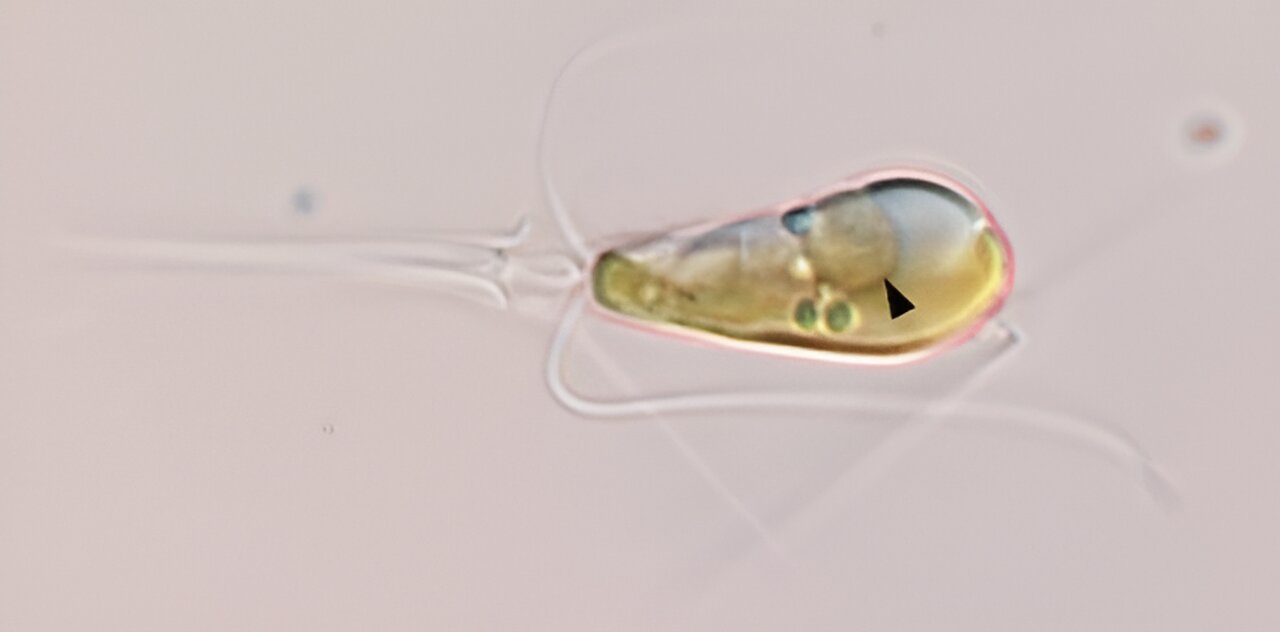Scientists discover first nitrogen-fixing organelle

🌈 Abstract
The article discusses the discovery of the first known nitrogen-fixing organelle within a eukaryotic cell, which challenges the long-held belief that only bacteria can fix nitrogen from the atmosphere. This organelle, called a "nitroplast", is the fourth example in history of primary endosymbiosis, where a prokaryotic cell is engulfed by a eukaryotic cell and evolves into an organelle.
🙋 Q&A
[01] Discovery of the Nitrogen-Fixing Organelle
1. What is the key discovery described in the article?
- The discovery of the first known nitrogen-fixing organelle within a eukaryotic cell, challenging the long-held belief that only bacteria can fix nitrogen.
- This organelle, called a "nitroplast", is the fourth example in history of primary endosymbiosis, where a prokaryotic cell is engulfed by a eukaryotic cell and evolves into an organelle.
2. How was this discovery made?
- In 1998, Jonathan Zehr, a UC Santa Cruz professor, found a short DNA sequence of what appeared to be an unknown nitrogen-fixing cyanobacterium in Pacific Ocean seawater.
- Kyoko Hagino, a paleontologist at Kochi University in Japan, spent over a decade trying to culture the marine alga that hosts this mystery organism, called UCYN-A.
- After successfully growing the alga in culture, researchers were able to study UCYN-A and its host alga together in the lab.
3. What evidence led the researchers to conclude that UCYN-A is an organelle, not just a symbiont?
- Two recent studies provided evidence that UCYN-A has co-evolved with its host past symbiosis and now fits the criteria for an organelle:
- The size ratio between UCYN-A and its algal hosts is similar across different species, suggesting their growth is controlled by the exchange of nutrients and their metabolisms are linked.
- UCYN-A imports proteins from its host cells, a hallmark of an organelle as it sheds DNA and becomes more dependent on the host cell.
- UCYN-A replicates in synchrony with the alga cell and is inherited like other organelles.
[02] Significance of the Discovery
1. How does this discovery challenge current understanding in biology?
- The discovery of a nitrogen-fixing organelle within a eukaryotic cell upends the long-held belief that only bacteria can fix nitrogen from the atmosphere.
- This challenges the textbook understanding that plants that fix nitrogen do so by harboring symbiotic bacteria in root nodules.
2. How does this discovery relate to the evolution of complex life?
- The nitroplast is the fourth known instance of primary endosymbiosis, a rare event where a prokaryotic cell is engulfed by a eukaryotic cell and evolves into an organelle.
- The first two instances gave rise to mitochondria and chloroplasts, which are essential for complex life. This new nitrogen-fixing organelle represents another major evolutionary step.
3. What are the potential implications of this discovery?
- The discovery of a nitrogen-fixing organelle could lead to new insights and applications in fields like agriculture, biofuels, and environmental remediation.
- Understanding how this organelle functions and co-evolves with its host could inspire new approaches to engineering nitrogen fixation capabilities in other organisms.